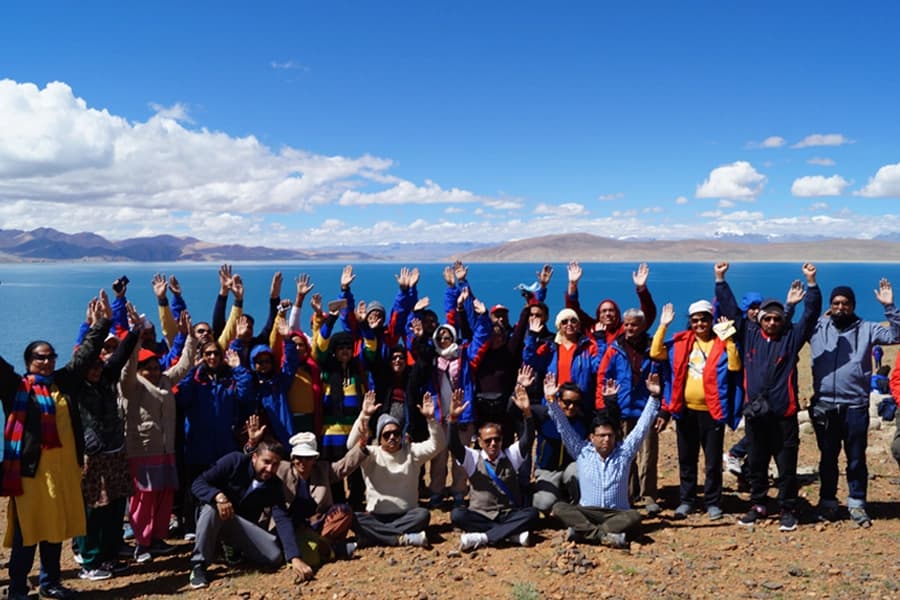Kailash Aerial Darshan 2026, 1st batch starts on the auspicious occasion of Mahashivratri. Seats are limited. Book your yatra now to avail the best offer. Kailash Mansarovar Yatra for 2026 starts in May. Dial +91 8510007751 for further queries and to book your yatra.Kailash Aerial Darshan 2026, 1st batch starts on the auspicious occasion of Mahashivratri. Seats are limited. Book your yatra now to avail the best offer. Kailash Mansarovar Yatra for 2026 starts in May. Dial +91 8510007751 for further queries and to book your yatra.
What is Kailash Mansarovar Yatra? Its Importance and Process
What is Kailash Mansarovar Yatra? Its Importance and Process
Overview
Did you know that one pradakshina of Kailash Parvat liberates one from the human lifecyle? Known as one of the most challenging pilgrimages, Kailash Mansarovar Yatra holds great spiritual significance. Hindus, Buddhists, Jains, and Bons believe Kailash Mansarovar Yatra to be one of the highest pilgrimages. Read the full blog here.

Share This Blog :
Reach out to us
Have An Enquiry? Write To Us…
Popular Pilgrimage Packages
No data found
Frequently Asked Questions about Destination
Related Blogs
Related Packages
Reach out to us
Have An Enquiry? Write To Us…
We Got Featured in the Media
Tour Resources
Trip To Temples Packages
Popular Destinations
© 2025 Trip To Temples. All Rights Reserved.
Design & Developed By : Divine Mantra Pvt Ltd
















